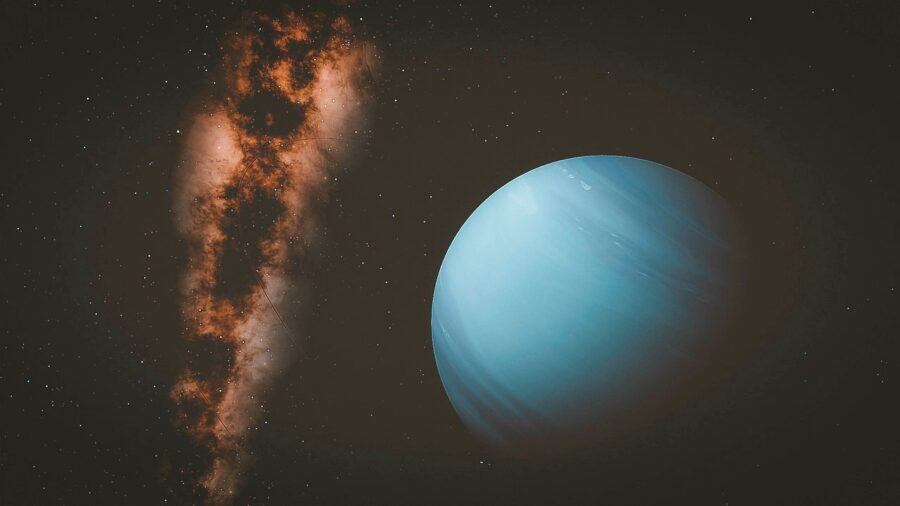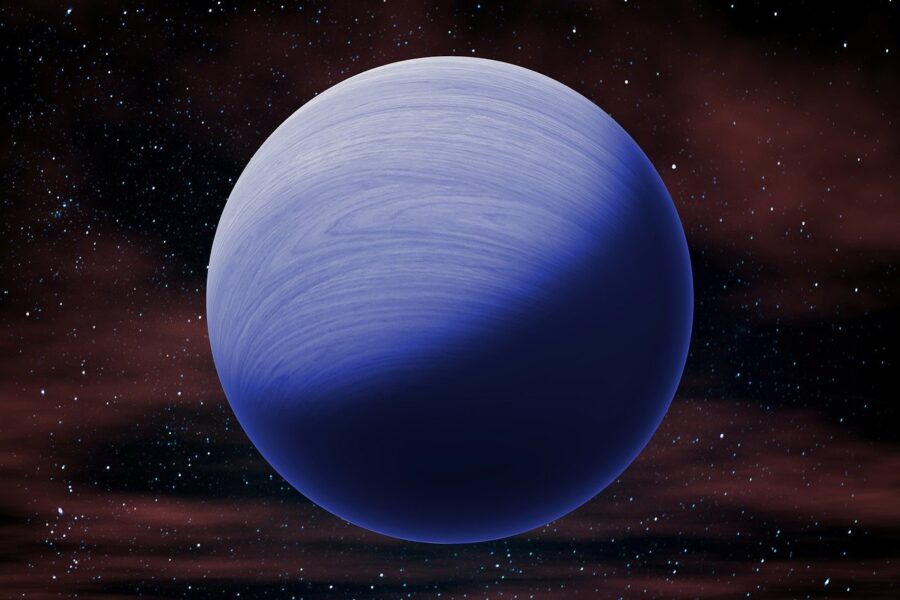Planet’s Clouds Mysteriously Disappear And Scientists Are Baffled

Science Alert reports that planet Neptune has seen a significant reduction in the amount of clouds in its atmosphere, and scientists are trying to figure out the reason why. A number of studies have been conducted from afar since 1994, but as of this writing we can only partially explain this naturally occurring phenomenon. To the best of our knowledge, Neptune’s cloud activity is very much in line with our Sun’s 11-year solar cycle, which has been corroborated by a number of studies.
Neptune cloud coverage has diminished over the years, and while scientists don’t have a clear explanation for why, they believe the sun to be the cause.
Combined datasets from the Hubble Space Telescope, the Keck Observatory, and the Lick Observatory reveal that Neptune has a strong prevalence of cloud activity when the sun is experiencing heightened activity throughout its own 11-year cycle.
Roughly two years after the sun emits peak levels of ultraviolet light, flares, and coronal mass ejections, Neptune sees an increase in cloud activity as a result. The next solar event, known as the solar maximum, is expected in 2025, so as we gather more data sets, scientists will be able to further corroborate this working theory.
But what’s most perplexing about Neptune’s current situation is that cloud activity is not only at an all time low based on our findings, but also prolonged. In other words, there is some variable, or variables, that researchers have yet to consider, and will continue to research as they gather more evidence about our most distant planet (sorry, Pluto). What we’re witnessing through high-powered telescopes is Neptune’s albedo, or the amount of sunlight that the planet reflects.
It’s not outside the realm of possibility that Neptune still has a presence of clouds, but we just can’t see the sunlight they’re reflecting from our current vantage point.
While the current research is inconclusive, scientists have reason to believe that a couple of different things are happening on Neptune that may explain the current absence of cloud activity. On one hand, Neptune’s clouds are simply being darkened by the sun’s UV activity, therefore lowering Neptune’s albedo. So it’s not outside the realm of possibility that Neptune still has a presence of clouds, but we just can’t see the sunlight they’re reflecting from our current vantage point.
Additionally, if there are storms occurring deep within the Ice Giant that operates on a cycle that’s independent from the solar cycle that we’re familiar with, then Neptune may be part of a much more complicated cycle that has something to do with how we perceive cloud activity from our telescopes.

New data has been gathered by the James Webb Telescope, and current findings are consistent with past data sets that have been gathered over the last 29 years. As scientists further explore Neptune, they’ll be able to paint a better picture of what’s going on with the planet’s clouds in relation to solar activity, as well as its own weather patterns that are not fully understood at this time.
As we head toward the sun’s next solar maximum in 2025, scientists studying Neptune have taken note of an increase in cloud activity, especially at northern latitudes and high altitudes. In the meantime, it sounds like we’ll have to wait until more photos of Neptune are taken, and how many clouds will be visible from our observatories in the coming years.
Given that we only have less than 30 years’ worth of data, we may be in the middle of a much larger cycle that requires more research to confirm.










